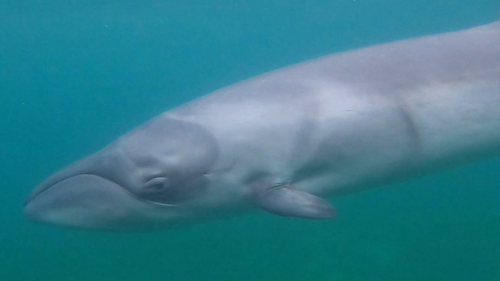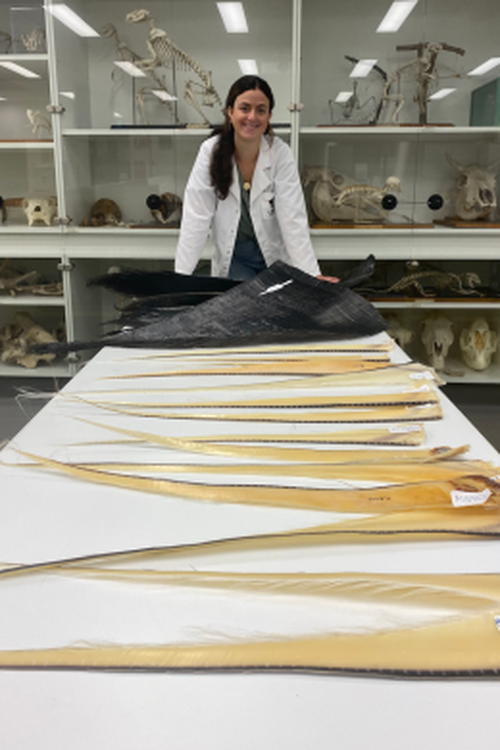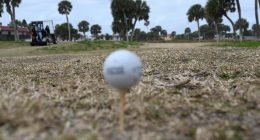Instead, the whales reside in the temperate waters near Australia throughout the year.

“What’s especially surprising is it turns out these whales are somewhat a resident species, given they appear to be hanging around Australia year-round.”
Researchers came to the discovery by analysing the baleen plates of 14 Australian pygmy right whales, loaned from the South Australian Museum.

“As the baleen grows, biochemical signals from their food called stable isotopes get trapped,” Rogers said.
“These signals don’t decay over time, so it’s like reading a history book about their behaviour, including what they ate and the general area they were in at the time.
From these isotopic records, it was concluded the species likes to hang around the mid-latitude waters year-round off southern Australia, feeding on krill and small crustaceans.
“They’re our little homebodies, just happy to hide away and never leave the comforts of our continental waters,” Rogers said.
Read Related Also: Actor says her 'body aches' from men's 'sins' in poetry book launch
“This makes sense when you look at the slender structures of their baleen plates relative to their body size.”
“They need to draw in as much as possible from these less productive waters around Australia to stay in the region year-round.”
Pygmy right whales are the smallest member of the filter-feeding family, reaching lengths of just 6.5 metres and can weigh around 3.5 tonnes.
Their numbers are believed to be stable as they were never targeted for whaling, however more data is needed on the species.
Starting around June, tens of thousands of humpbacks migrate up Australia’s east coast from Antarctica to warmer waters.

Rare sight as ‘apex predators’ spotted metres from shore on Aussie coast





